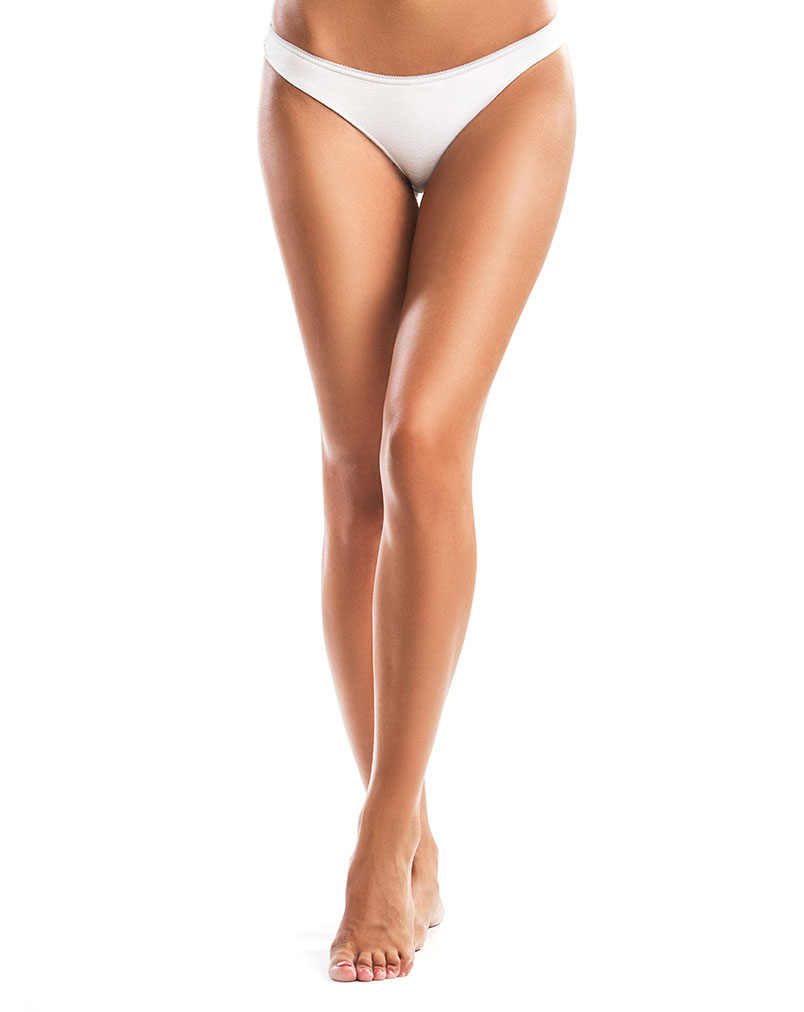Thigh Liposuction
It is very common to experience "stubborn fat" that does not respond well to diet and exercise. Liposuction represents an excellent option to remove stubborn fat and achieve desired body contour. Common areas include waistline, lower abdomen, thighs and back of arms. Common areas of fatty deposits in the thighs include upper inner thighs, lateral thighs (also known as saddle bags), entire thigh and knee area.
Learn more about Liposuction from the American Board of Cosmetic Surgery at https://www.americanboardcosmeticsurgery.org/proce...

Additional Facts
Who is a good candidate for Thigh Liposuction?
Healthy patients with realistic expectations and stable weight that suffer from excess fatty tissue in certain areas.
What are Thigh Liposuction contraindications?
Severe or uncontrolled systemic diseases, connective tissue disease, malignancy, unrealistic expectations, local skin pathology and pregnancy.
Note: A contraindication is a condition or factor that serves as a reason to withhold a certain medical treatment due to the harm that it would cause the patient.
How is this procedure performed?
The procedure is commonly done under tumescence anesthesia with monitored sedation. Tumescence anesthesia consists of diluted Lidocaine with epinephrine in a crystalloid solution that is infiltrated into the operative area in calculated amounts based on patient’s body weight. Liposuction is performed by emulsification of fat followed by introducing cannulas to remove the fatty tissue. The procedure is done through very small incisions that are usually hidden and no drains are placed.
How long does the effect last?
Liposcution provides durable long term results, however, significant weight gain, pregnancy and other factors might affect the results of the procedure.
What should I expect during recovery?
Since the area is numb after the procedure, we routinely do not use narcotics for pain control and pain is easily controlled on acetaminophen (Tylenol). Also, since general anesthesia and narcotics are usually avoided, nausea and vomiting are very rare after the procedure. A compression garment is usually worn postoperatively for 2-4 weeks or longer. Patients are usually discharged to the care of a responsible adult and recover at home. Light activity and early ambulation are encouraged after the surgery. Activities are advanced gradually based on your healing.
Where is the scar?
The scars are very small and usually hidden. These small incisions are difficult to detect after full healing occurs
Have more questions?
We have a Wish List that allows you to choose the procedures for which you'd like to learn more. You'll be asked to share your name, email address and to give us consent to communicate with you by email or phone. We'll contact you to answer questions and discuss next steps.
Start my Wish List